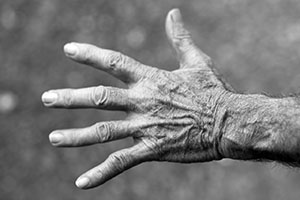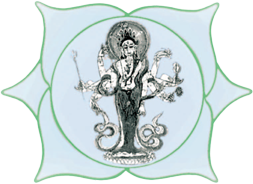 Do you suffer from the chronic inflammatory joint disorder known as rheumatoid arthritis (RA)? If so, you aren’t alone. According to the Arthritis Foundation, approximately 1.5 million people in the U.S. have the disease (source). While it’s more common in adults over the age of 35, both men and women of all ages can develop RA.
Do you suffer from the chronic inflammatory joint disorder known as rheumatoid arthritis (RA)? If so, you aren’t alone. According to the Arthritis Foundation, approximately 1.5 million people in the U.S. have the disease (source). While it’s more common in adults over the age of 35, both men and women of all ages can develop RA.
To better understand RA, you must first take a step back to view how the body responds to foreign invaders. When bacteria, mold or other invaders attempt to enter and attack the body, the immune system responds with its own attack. With RA, however, the immune system views the soft tissue surrounding the joints as foreign invaders; thus, creating a wide range of unpleasant symptoms.
The symptoms associated with RA vary from person to person, but the most commonly reported symptoms include joint pain and inflammation. Symptoms usually appear in bursts, lasting anywhere from a couple days to several months. Thankfully, though, massage therapy may offer relief of RA joint pain, without relying on prescription drugs.
A study published last year in the National Library of Medicine National Institutes of Health found massage therapy to offer significant relief of pain and inflammation in patients with RA (source). “By the end of the one month period the moderate pressure massage group had less pain, greater grip strength and greater range of motion in their wrist and large upper joints,” wrote the study’s author.
How exactly is massage therapy able to relieve RA joint pain? Again, each case is different, but an experienced therapist can identify and target areas affected by RA. By manually manipulating the muscles and soft tissue surrounding the affected joints, the therapist will ease pain and inflammation. Some clients may experience a positive improvement after just a single session, while it may take others several. By taking a proactive approach towards your health and incorporating massage therapy into your routine, though, you can effectively combat RA joint pain.
Here are some other tips to reduce your RA joint pain:
- Focus your attention towards other activities when you are experiencing RA-related joint pain.
- Place a hot/cold compress on the affected joints.
- Stay active by walking or jogging several times a week.
- Talk with your general practitioner about the pros and cons of using a non-steroidal anti-inflammatory drug (NSAID).
If you suffer from arthritis, give me a call today schedule a massage.
